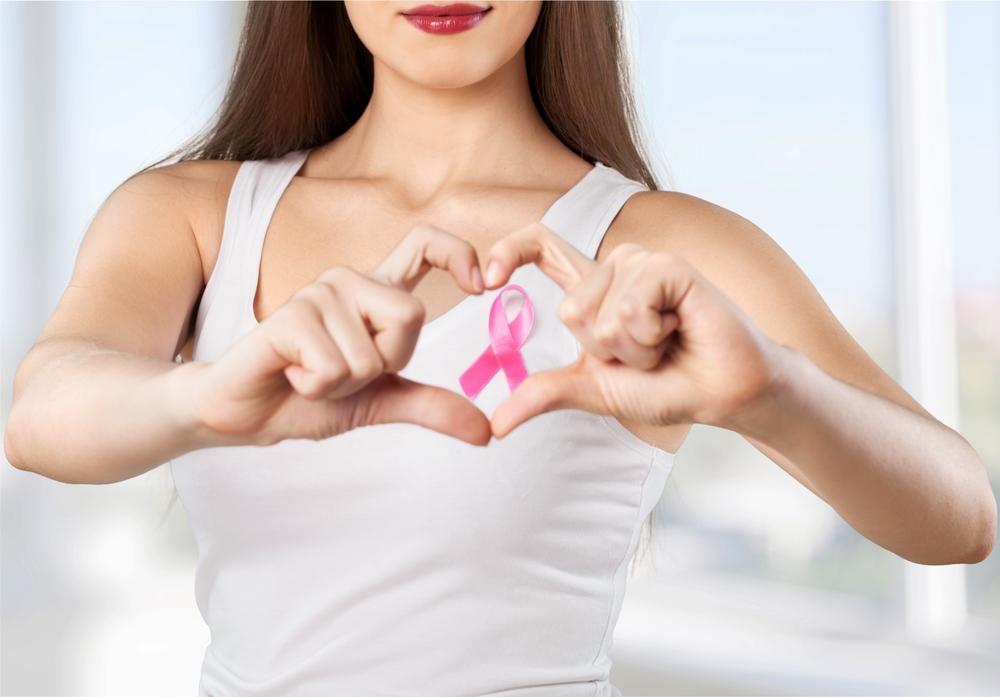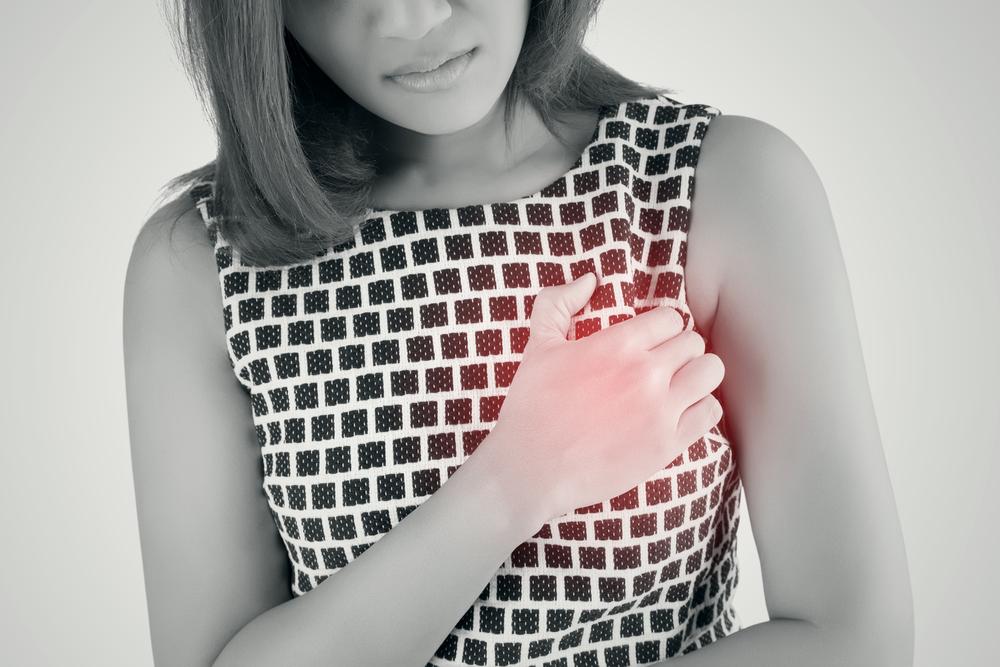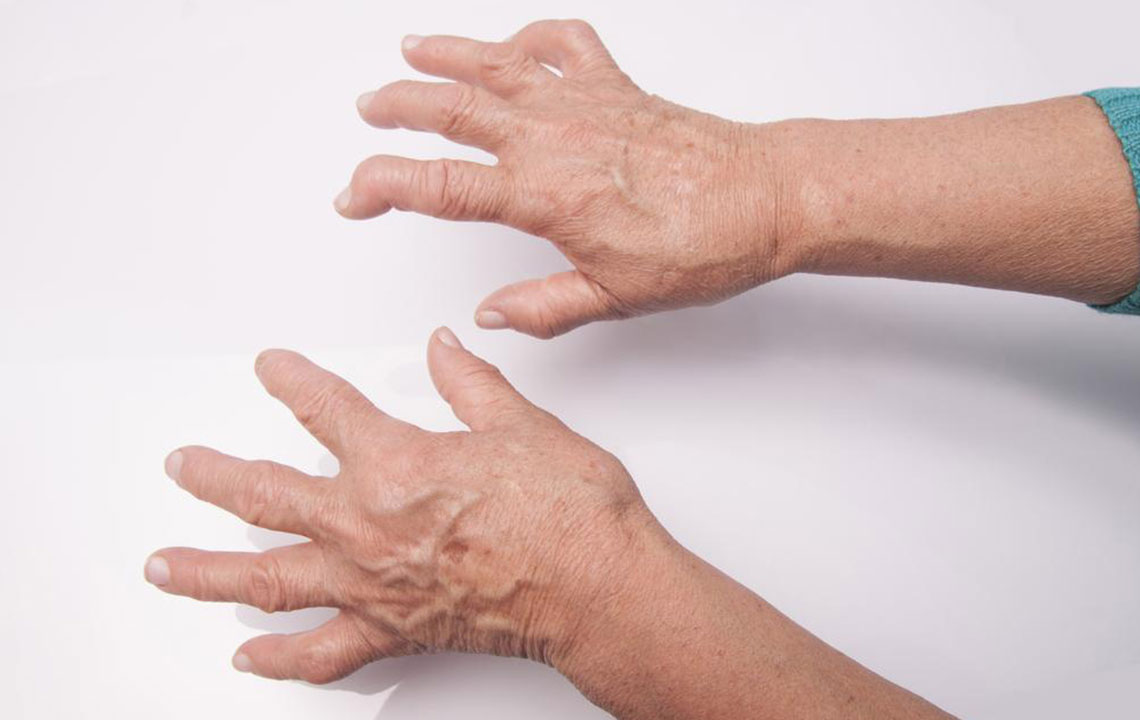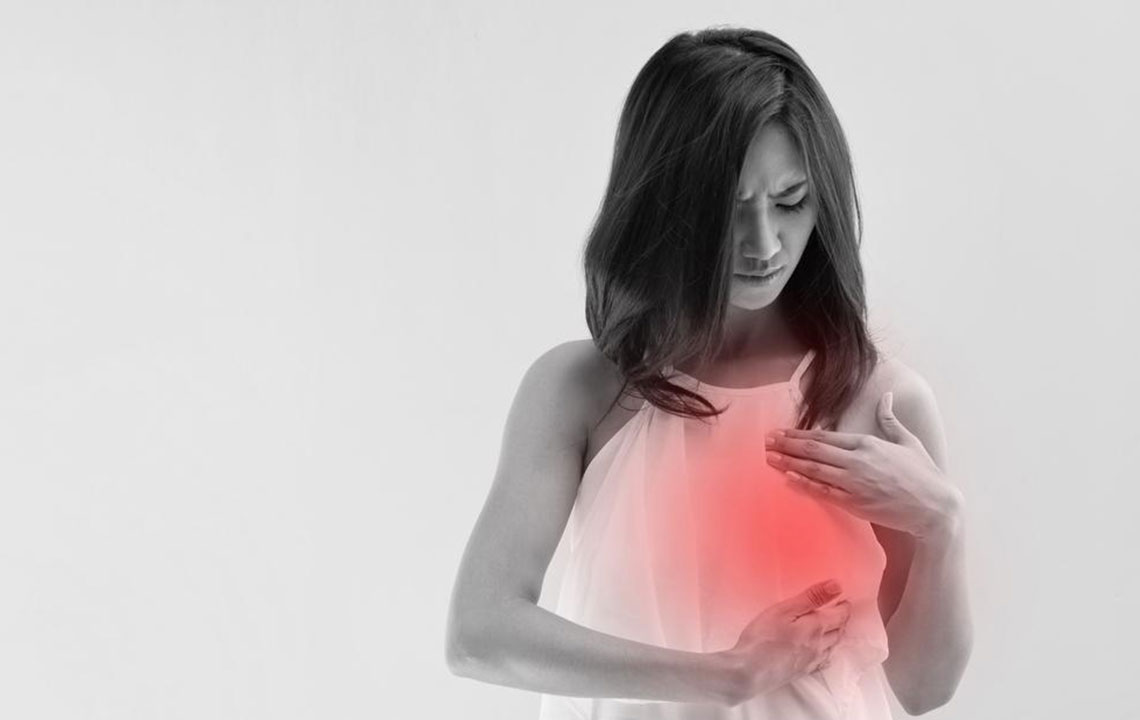Recognizing Early Indicators of Breast Cancer: Essential Signs to Watch For
This article highlights crucial early-warning signs of breast cancer, emphasizing the importance of routine self-exams and prompt medical consultation. Recognizing symptoms like lumps, skin changes, nipple discharge, and lymph node swelling can aid early detection and improve treatment outcomes. Stay aware and proactive about breast health to catch potential issues early. Regular check-ups and timely diagnosis are vital for effective management of breast cancer.

Early Symptoms of Breast Cancer You Should Recognize
Despite ongoing efforts to educate women about breast cancer and its early detection, many still receive diagnoses every month worldwide. Some women attribute this to lack of awareness, while others simply do not know how to identify symptoms early. To help, we've compiled critical warning signs to monitor. Recognizing these signs can lead to prompt medical attention and higher treatment success rates. Here are key indicators that should prompt a consultation with healthcare providers.
Presence of Lumps
If you notice a lump in your breast, it could be a vital symptom. These lumps may be small, hardened, and vary in shape and texture—some painless, others painful. An unfamiliar, persistent lump warrants immediate medical consultation, as it could indicate breast cancer.
Alteration in Breast Size
Unexpected changes in the size of one or both breasts should not be ignored. Regular self-exams can help spot abnormal growths, ensuring timely intervention.
Swollen Lymph Nodes
Swelling or tenderness in lymph nodes near the collarbone or underarm can signal cancer spread. If you observe swelling in these areas, seek medical advice promptly.
Persistent Discomfort in the Breast Area
Some forms of breast cancer present as ongoing dull pain in the breast or armpit. Pain that does not subside over time warrants professional assessment, especially if it persists for weeks.
Skin Texture Changes on the Breast
Noticeable puckering, dimpling, or skin redness may occur as tumors grow, pulling on the skin. These changes often precede visible lumps and should be checked by a doctor.
Alterations of Nipple and Discharge
Changes like nipple inversion, skin rash on the nipple, or bloody discharge—especially when not due to squeezing—are significant signs. They could indicate conditions like Paget’s disease, a rare breast cancer form, necessitating medical evaluation.
Unexplained Upper Back Pain
Chronic back pain, especially originating from the bones, could be an uncommon symptom of breast cancer spread. Persistent back discomfort should be investigated to rule out serious causes.
Early detection is critical. Routine self-examinations and prompt medical checks for suspicious signs can save lives. Remember, not every breast change indicates cancer, but vigilance is always advisable to ensure health and safety.










